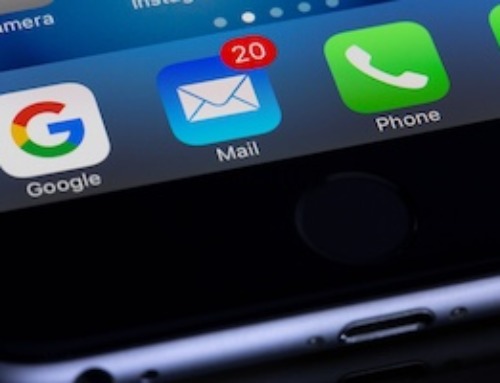 How much attention does your marketing email really get? Really? Maybe not as much as you think.
How much attention does your marketing email really get? Really? Maybe not as much as you think.
And it’s not just your email. Studies indicate that the time people spend on email is quite a low percentage of the total time they spend on their smartphones and computers. On mobile devices, people spend just 5.3% of the time on email (and instant messaging) and on computers, only 7.1% of their time is devoted to email.
Consider the math: In an 8-hour workday, that means only 34 minutes of the day is spent on email on the computer and less than 26 minutes of the time spent on a smartphone is devoted to email. Double those numbers for a sense of what the rest of the day looks like, and you’ll see: in the grand scheme of things, email really doesn’t get all that much attention.
The fact that people are taking 10% longer to reply to emails is another indicator that it has moved a little lower down the priority list.
Yet people are looking at their screens all the time. What gives? Why is so little of that screen time spent on email? What gives, I suspect, is a lot of competition for attention. Consider all of the other tasks and activities people do on their smartphones and computers in a given day:
- Socialize on Facebook
- Watch YouTube videos
- Pin to Pinterest
- Tweet
- Work
- Make reservations
- Track budgets
- Follow the news
- Plan vacations
- Research remodeling projects
- Search for vendors
- Keep up with kids’ homework
- Shop
- Listen to music
- Make playlists
- Chat with friends
- Game
- Find recipes
- Watch movies
- Upload photos
- …and more
None of this means email is in any way less of a marketing tool. Email continues to be consumers’ top choice for receiving marketing messages from a business, plus email is still core to corporate communications. And the ubiquitous nature of email will never disappear. How many of the activities listed above require an email address to register, participate or communicate? For example, if you’re searching for vendors, you’re probably going to contact them by email. Ditto for vacation questions and reaching out to the kids’ teachers. Plus you need an email address to use Facebook, Pinterest, Pandora, budgeting software, and pretty much any other free tool available online.
So please don’t take the small piece of attention pie nor the slower response rates as indicators of a declining importance of email. Rather, see these as indicators that it is that much more important to engage your audience at the inbox.
Do not see email as having a decreasing importance. Email should be seen as having increasing importance, because you must work that much harder to earn your share of the 5 to 7% window.
The only way to win: be awesome
That said, and knowing email’s piece of the attention pie is a measly 5 to 7%, and you’re battling for your portion of that, how are you going to win a bigger piece of that tiny sliver?
There’s really only one way: be awesome. How? Give them what they want when they want it in an even more wonderful way than they ever expected. Ways you can do this include practicing effective list segmentation or using automated email content to deliver the right message to the right person at the right time.
And the other ways you’ll win…
Take this “awesome” approach to your email marketing, and you’ll win in other ways too. Your increased engagement levels will improve your email deliverability rates. Your awesome content will be shareworthy without trying, leading to more exposure to your emails and brand…and possibly more subscribers and customers. And you might even experience a trickle down effect, improving your social media engagement as well.
Do you want to win a bigger piece of that tiny 5% sliver? Just remember: be awesome, be relevant, be personal, and be engaging. You’ll be so good they can’t ignore you. The rest will take care of itself.



